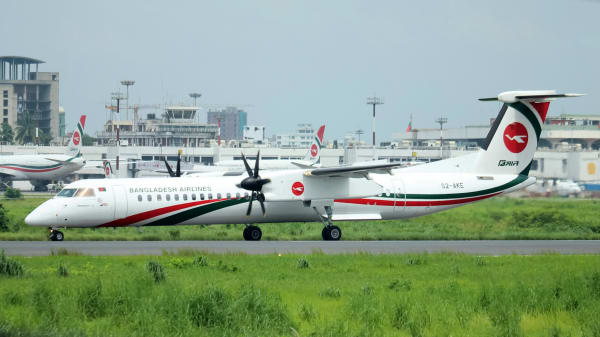The Challenges of Night Flying & How to Prepare
As magical and alluring as it may be, flying at night exposes pilots to unique challenges hazardous to both inexperienced and seasoned aviators. From limited visibility, disorientation and fatigue, to encountering unique weather phenomena, night flying challenges can be taxing. This article offers insights and provides practical advice on how to prepare and navigate safely through the night sky.
The Unique Risks of Night Flying
When the sun dips below the horizon, the aviation world transforms. The darkness brings about a new set of risks that drastically change the way pilots operate, including:
- Limited Visibility: The biggest challenge of night flying is the decreased visibility. The darkness that shrouds the landscape also conceals crucial physical features such as terrain, ground obstructions and other aircraft.
- Spatial Disorientation: This is a concept unique to aviation. Without a clear horizon or familiar landmarks, pilots can experience a false sense of orientation leading to grave mistakes.
- Fatigue and Decreased Performance: Night flying often aligns with our natural sleep rhythm causing fatigue, slowed reaction times, and diminished cognitive performance.
- Unique Weather Phenomena: Nocturnal atmospheric conditions differ from daytime conditions and can be even more treacherous. Temperature inversions can lead to foggy conditions, while stable air can lead to icing conditions, both potential hazards for aircraft.
Knowledge of these risks is the first step in preparing for night flying. Understanding these challenges facilitates better planning and decision-making when flying after sunset.
Preparing for Night Flight Operations
Adapting to the unique challenges of night flying requires adequate preparation. Below, are key areas pilots must focus on to ensure a safe and smooth flight:
Attaining the Necessary Training and Ratings:
Acquiring a night rating is an essential first step. This involves additional flight hours under night conditions and night-time navigation training.
- Instrument Rating: Incredible as it may seem, flying at night is closer to instrument flying than to day VFR (Visual Flight Rules) flying. An instrument rating can be a life-saving skill during night-time emergencies.
- Night Rating: This specific rating will help you develop your skills in night-time takeoffs and landings, navigation, and emergency procedures.
Optimal Physical and Mental Preparation:
It's crucial that pilots pay attention to their physical health and mental readiness before embarking on night flights.
- Rest well and Stay Hydrated: Ensure you're well-rested before the flight and stay hydrated.
- Plan breaks: During long night flights, plan for stopovers to rest and refuel.
- Preparation of Equipment and Survival Gears: Always inspect your aircraft meticulously before a night flight. Have your survival gear, first aid kit and emergency equipment checked and onboard.
Planning the Flight:
Detailed planning prior to the night flight is paramount.
- Weather planning: Weather at night can catch you off guard, ensure you are well acquainted with the forecast and alternative routes available.
- Route planning: Plan your route using various tools & charts. Remember to consider things like altitude restrictions, NOTAMs (Notices to Airmen) and local regulations.
- Aircraft preparation: Thorough pre-flight checks under sufficient lighting are necessary for successful night flights.
Embrace Technology to Combat Night Flying Challenges:
Gone are the days when pilots had to rely solely on their instincts or low-tech instruments to navigate the night sky. Today's technological advancements offer pilots various tools to combat some of the challenges of night flying.
- Advanced GPS systems: These systems offer more detailed information about the surrounding terrain and help in ensuring a safe and efficient route.
- Night Vision Goggles (NVG): NVGs amplify the available light, like stars or moonlight, to improve night vision substantially. Pilot training is required to use NVGs effectively.
- Collision Avoidance System (CAS): This tool uses radar to detect other aircraft that may pose a collision threat.
It is vital to note that the technology serves as aids to piloting and should never replace essential flight skills, aural and visual clues, or reliance on instruments.
Final Thoughts
Navigating the darkness needn't be daunting. While the challenges of night flying are many, careful planning, ongoing training, and comprehensive preparation can substantially mitigate risks. Adherence to these principles will not only ensure you are prepared but also help you enjoy the unique charm that night flying offers.




